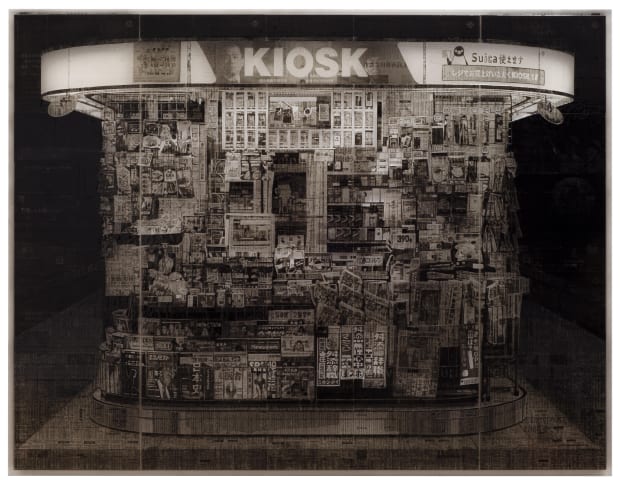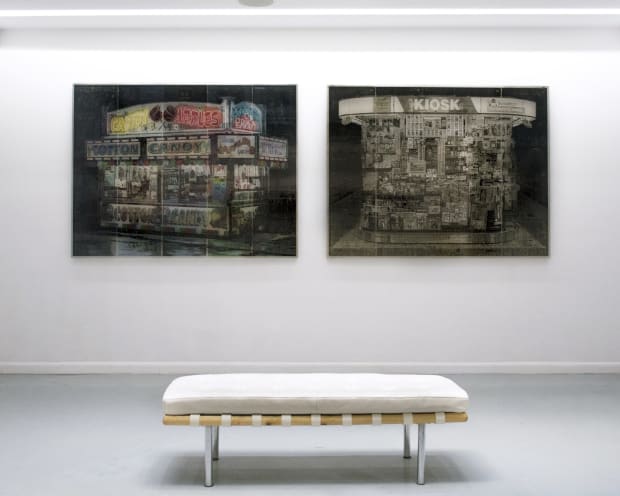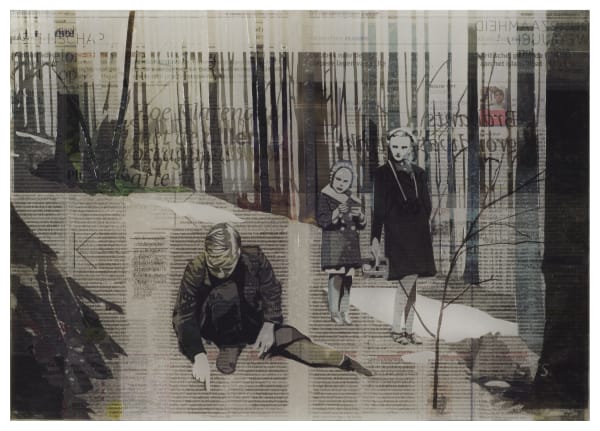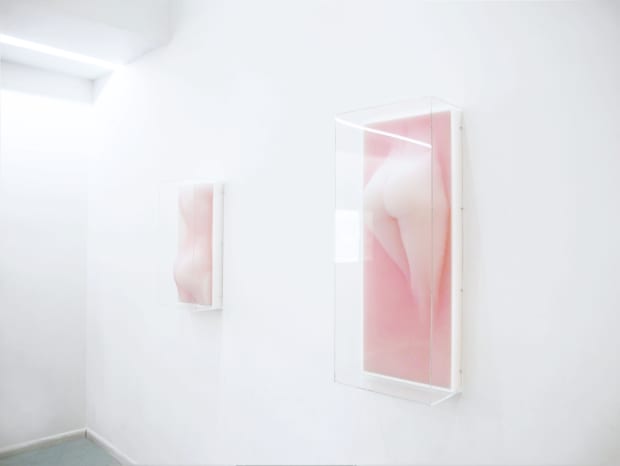-
BLANK SPACE is pleased to present a two person exhibition featuring the work of Martijn Hesseling and Sangsik Hong. While formally quite different, both artists utilize found material and transparency to create works that capture light in striking and dramatic ways. From Hesseling's newspaper collages which appear to glow from within, to Hong's impossibly delicate and soft plastic straw sculptures, each piece included in the exhibition is a masterful example of the beauty to be found non-traditional material and the ways in which artists push the boundaries of possibility of their mediums and practice. The viewing room will open on May 14th and run until June 7th.
-

-
-

-
-

-
-
Hesseling chose to work with newspaper after growing frustrated with the formality of paint and looking for a medium that reflected time. In his work, maintaining legibility of the text is key to both rendering the finer details of each piece and the effect of the artwork when viewed from varying distances. As the viewer approaches the work, the larger composition dissolves in a way that paintings and drawings don't as the viewers eye begins to scan the work both reading each piece that has been used to build the image and trying to comprehend how the work was made.
-

-
A behind the scenes view of Martijn Hesseling's Amsterdam studio showing recently showing both recently finished and in progress works. Hesseling organizes his flat-files according to a number of categories including language, color, image type, and type setting.
-

-
Sangsik Hong forms shapes by raising the surface of stacked plastic straws at different levels. The hollowness of each straw distributes light reflected from the painted back panel into segmented spaces, creating shadows and movement that manipulates the way the viewer perceives three-dimensionality. As the viewer walks around the relief sculpture, one can notice that the perceived lines are solely created from the light and shadows accentuated by the edges of the straws.
-

-
-

-

-
Hong creates images that can be defined as symbols of desire; lips, chairs, high heels, nude women, and flowers. These subjects represent a form of power to the artist and contrast to the with the choice of medium. Plastic straws both ordinary and cheap, and formally uninteresting and sharp. Hong subverts these qualities with his technique which creates works that exude softness as light relfects and refracts through the hard edges of the straws pulling focus on the surface of the work and imbuing them with a dreamlike haziness.
Illuminations: Martijn Hesseling and Sangsik Hong
Past viewing_room




















